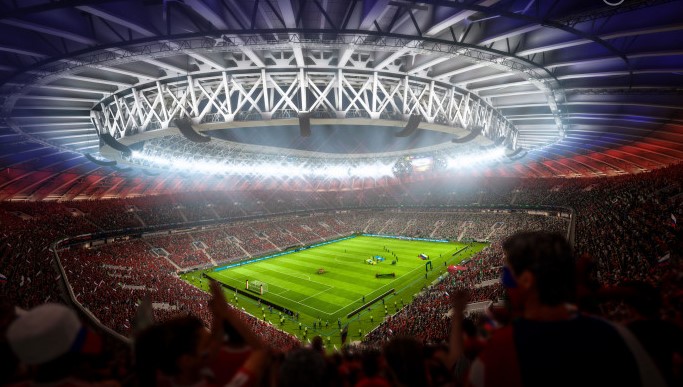Penalty Rules
Here are the key rules related to penalties in football:
Awarding a Penalty Kick:
A penalty kick is awarded when a defending player commits a foul punishable by a direct free kick inside their own penalty area.
Placement of the Ball:
The ball is placed on the penalty spot, which is 11 meters (12 yards) from the goal line and in the center of the goal.
Position of Players:
All players, except the one taking the penalty and the opposing goalkeeper, must be outside the penalty area and at least 9.15 meters (10 yards) from the penalty spot until the ball is kicked.
Goalkeeper's Movement:
The goalkeeper must remain on their goal line until the ball is kicked. They are not allowed to move forward until the penalty kick is taken.
Retaking the Penalty:
The penalty kick is retaken if the goalkeeper or any defending player infringes on the rules. The kicker cannot touch the ball again until another player has touched it.
Outcome of the Penalty Kick:
If the ball goes into the goal, a goal is scored. If the ball does not enter the goal, play continues unless the ball rebounds into play off the goalkeeper, goalpost, crossbar, or any combination of these.
Additional Punishment for Serious Foul Play:
In some cases, a red card may be shown to a defending player committing a foul that denies an obvious goal-scoring opportunity within the penalty area. In this scenario, the team awarded the penalty kick retains the numerical advantage for the remainder of the match.
It's important to note that there are other types of penalties, such as indirect free kicks and free kicks outside the penalty area, each with its own set of rules. The specifics can vary slightly depending on the competition and the governing body (e.g., FIFA, UEFA).


.jfif)







.jpeg)
0 $type={blogger}:
Post a Comment